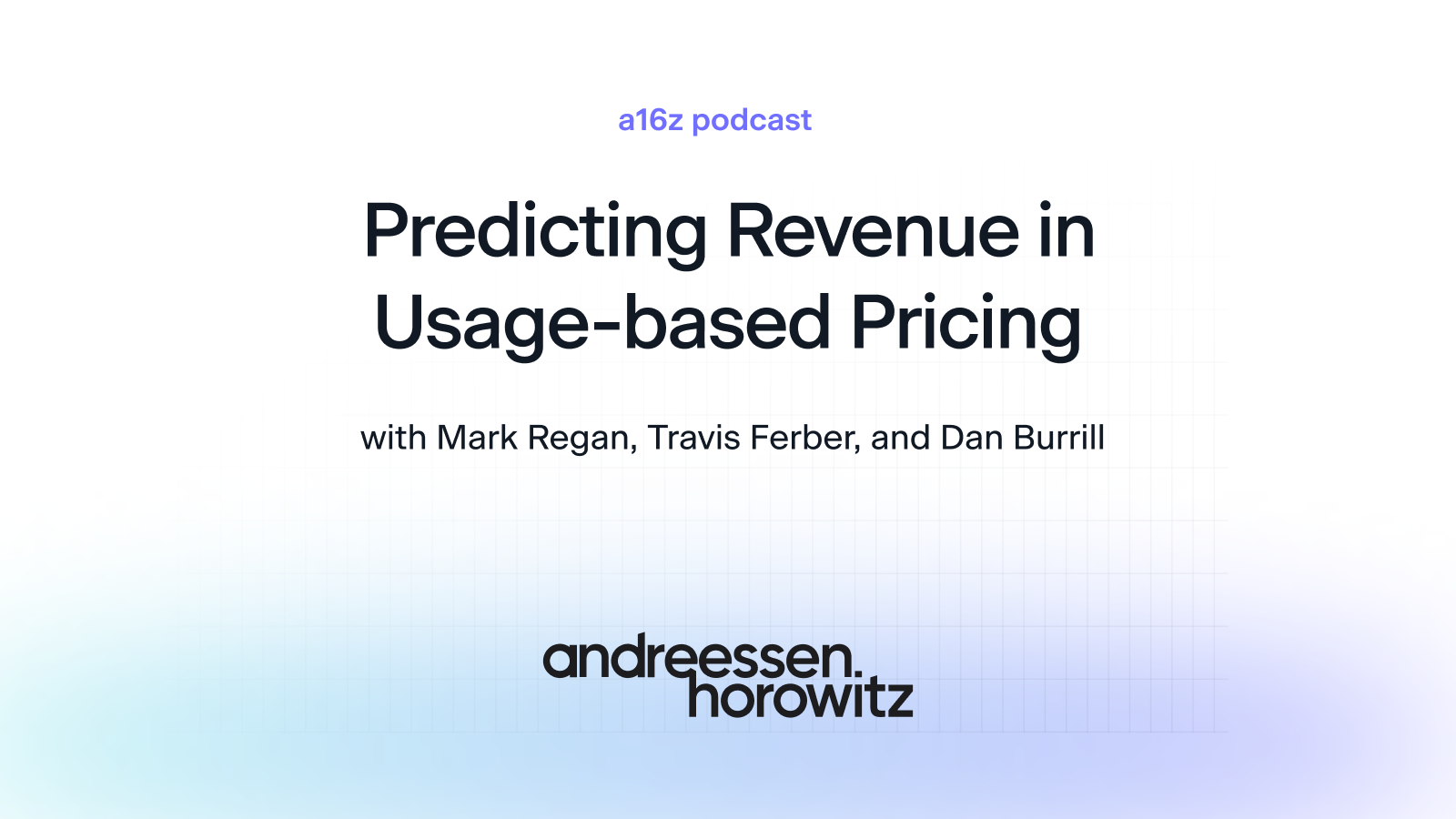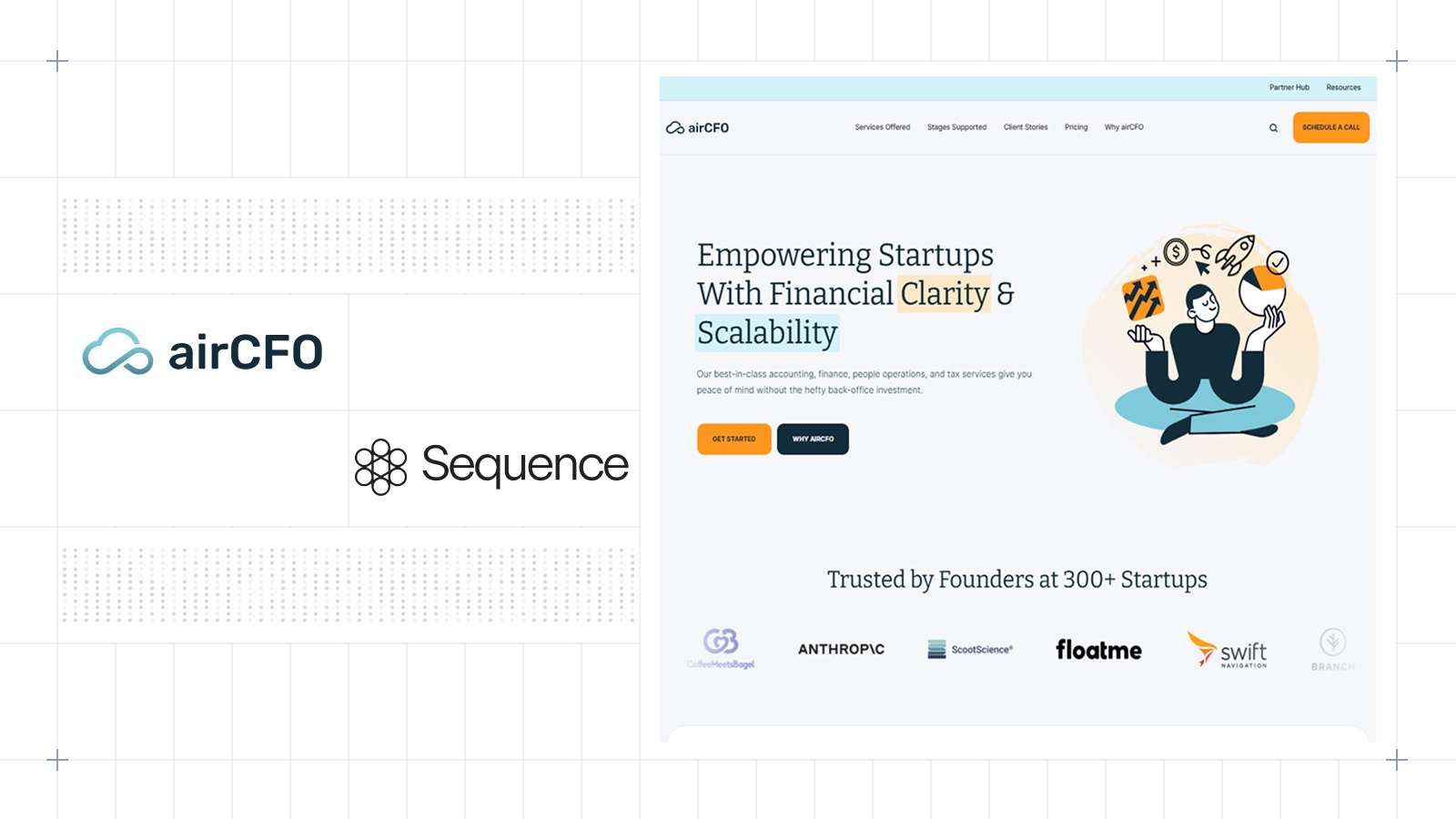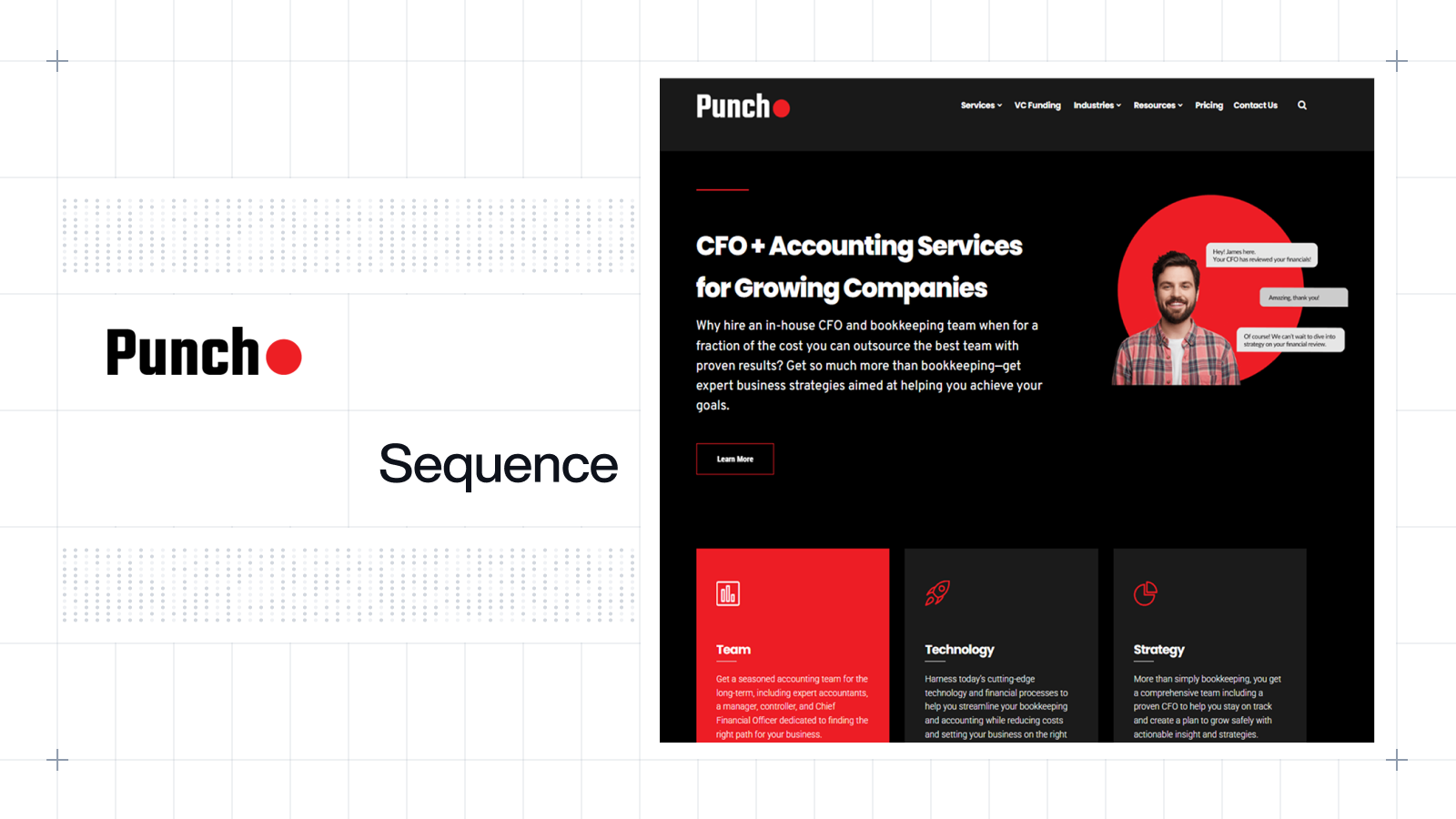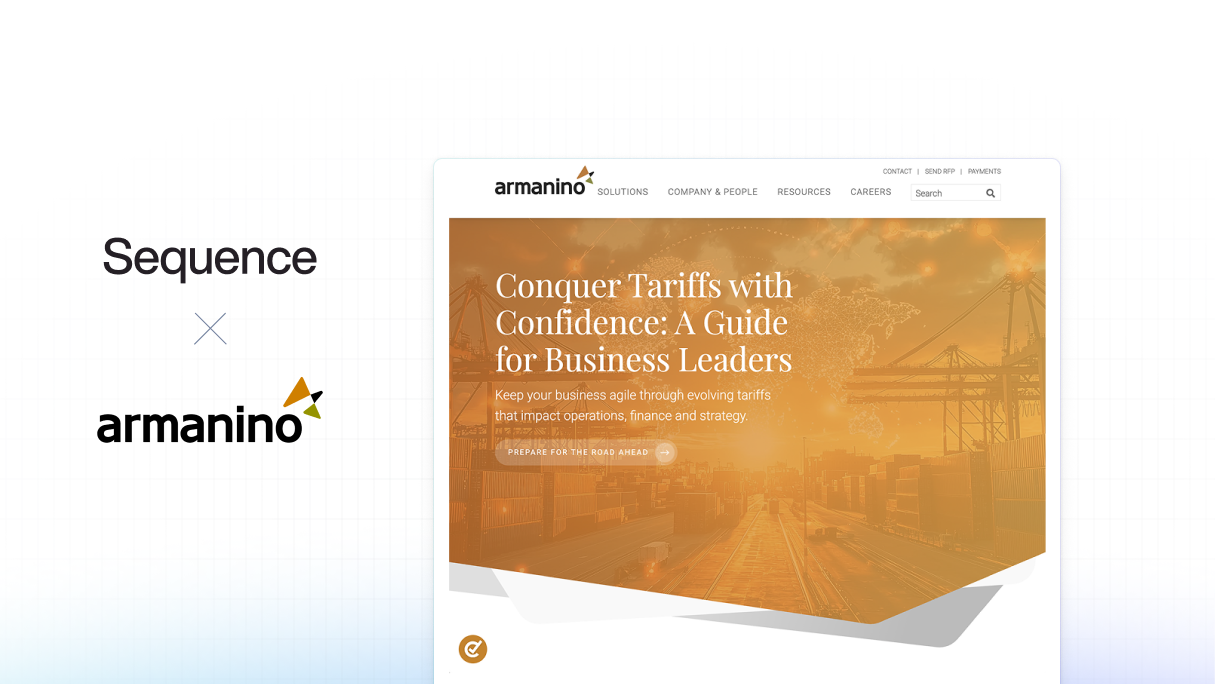Enda Cahill
Predicting Revenue in Usage-based Pricing
Read some of our highlights from a podcast by our lead investors, a16z. Mark Regan, Travis Ferber and Dan Burill delve into the challenges that come with predicting revenue when pricing is consumption based.

For those who missed it, our lead investor a16z released a masterclass on ‘Predicting Revenue in Usage-based Pricing’. In this podcast Mark Regan (Revenue Operations Partner at a16z Growth Team), Travis Ferber (VP of Strategy and Operations at Fivetran), and Dan Burrill (Head of Sales at Alchemy) discuss the growing popularity of usage-based pricing and the art of generating reliable usage-based revenue.
Listen to the podcast here.
Here are some of our highlights:
- Usage based pricing is transforming the role of CS/sales teams. Traditional booking models make it easy for CS/sales teams to forget about customers for 10-11 months until renewal arises while usage-based pricing ensures you are having ongoing value-based conversations with your customers.
- Be very careful about modelling ARR based on temporary usage spikes, simply asking the customer what caused the increase will often uncover one-off factors which shouldn’t be used as the basis of annualised reporting.
- It is expected in any organisation that you give your sales team and your customer success team the monitoring capabilities to understand in very granular detail how their customers are consuming products. However, Dan Burill expands that “it is also expected that sales teams deeply understand the dynamics within the customer business. Specifically, what is causing that growth; it's not enough to just know what the growth rate is, I want my team to explain to me why that growth rate is. Is it because they're aggressively expanding into a new market? Is it because they just acquired another company and now we've combined the two team’s usage? We actually have to know ‘why’ because that is the key to good forecasting.”
- Usage based pricing also puts you in a strong position to do right by customers in the event of revenue pullbacks to build long term trust and relationships. They will remember who stuck by them during tough periods. In fact, strong customer success teams actively partner with customers to suggest best practices to reduce consumption and optimise their bill, creating meaningful long term relationships with their customers.
- Usage-based pricing tooling should make it easy for your CS/AE teams to uncover usage insights and support the customer, including best practices to spend less where appropriate.
- Hybrid pricing models are increasingly common. Companies often use a freemium/lightweight plan to generate PQLs (product qualified leads). Once value has been proven, these often develop into ELAs (Enterprise License Agreements), where you enable a customer to purchase a more traditional ‘all you can eat’ package, providing more predictability to your forecasts. It’s important to match the model to each customer, and remain responsive to their specific needs in order to “meet them where they are”.
- For a company to have success in their adoption of a usage-based pricing model, it is essential to have good communication and alignment among the business leaders of the teams involved in the end-to-end revenue cycle, e.g. Sales, Finance, RevOps, Operations.
- As Dan Burill summarised, “usage based models are here to stay, these are the kinds of solutions that I want to sell and represent as a sales leader because I believe it's the right thing for the customer, and the right alignment of incentives for my employer and the company that I represent.”
The benefits associated with value-aligned pricing are causing many B2B teams with conventional SaaS pricing to, at the very least, re-evaluate their pricing strategy. Many have already made the switch (61% with usage based pricing in 2023 according to Openview), and it’s not always out of preference. There is competitive pressure emerging as peers start to tie their commercial proposals to usage and outcomes. This is likely to catalyse the adoption of usage-based models as buyers gravitate towards companies who are willing to make a bet on successful product adoption.
As usage based pricing becomes ubiquitous, RevOps/Sales/CS/Finance require infrastructure that can provide the ability to understand and optimise the customer’s revenue lifecycle on a monthly basis. This has created a growing need for purpose-built infrastructure that can support modern, value-based commercial strategies.
Enda Cahill
Related articles

How airCFO helps startups build scalable back office operations: Lessons from 200+ early-stage companies
Most founders treat their back office as an operational necessity. Alex Wittenberg and his team at airCFO turn it into a competitive advantage. After supporting 200+ early-stage VC-backed startups, airCFO has identified the patterns that separate companies with scalable financial operations from those constantly fighting fires. We spoke with Alex about the mistakes that create operational debt, the tooling decisions that matter at each stage, and how AI is changing what finance teams actually do.
Enda Cahill

The Fractional Finance Playbook: Lessons from 20+ Years of Scaling Startups
Frank Mastronuzzi has guided hundreds of fast-growing companies through their most critical financial decisions at Punch. His firm focuses exclusively on helping AI and SaaS companies navigate from zero to $100M ARR, with deep expertise in the specific challenges that emerge at each growth stage.
Enda Cahill

24 Years at Armanino: Building Scalable Finance Teams
Dean Quiambao has watched Armanino grow from 80 people to 3,000 employees during his 24 years at the firm. During this time, he has guided 100s of venture-backed companies through their most critical growth stages. Here are his highlight takeaways.
Enda Cahill